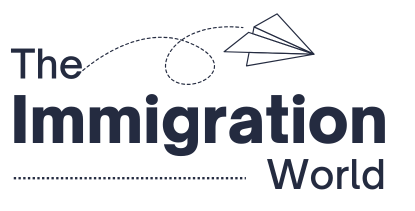Migration life often feels like waiting in an endless airport lounge — caught between flights, unsure when you’ll board your next journey. That’s exactly where bridging visas come in: temporary passes to keep you legal, employed, and sometimes even studying while your immigration status sorts itself out. As 2025 rolls in, more countries are fine-tuning or launching bridging visas to smooth the bumps on the migration highway.
Let’s unpack what bridging visas are, who’s offering them, and why they’re becoming the unsung heroes of modern immigration.
Key Takeaways
What Is a Bridging Visa and Why Does It Matter in 2025?
Think of a bridging visa as a lifeline for migrants caught in the visa limbo zone. When your current visa is expiring but your new application is still under review, a bridging visa steps in to keep you lawful — no overstaying, no headaches.
In 2025, the significance of these visas is bigger than ever. With visa backlogs, shifting immigration rules, and the ever-evolving global workforce, bridging visas ensure migrants don’t lose status or work rights during transitions. They’re the equivalent of a “please hold” button in immigration bureaucracy, letting people stay, work, or study legally while waiting for their next move.
Without these visas, migrants could face unlawful status, work bans, or forced departures — a mess for applicants and host countries alike. So, bridging visas aren’t just paperwork; they’re vital tools for keeping migration orderly and humane.
How Is Ireland Supporting Language Students with Bridging Visas?
Ireland, always a popular destination for English learners and international students, stepped up in 2025 by introducing a fresh bridging option specifically for language students.
The new Stamp 2 temporary bridging permission is designed for students who’ve completed their English language courses and are transitioning into higher education programs. Instead of rushing to apply for a new student visa, these learners can apply for this bridging permission, which grants legal stay until September 30, 2025.
Applications are open between May 1 and August 31, 2025, and here’s the cherry on top — students who finished their English courses after July 1, 2025, don’t even have to pay the application fee. It’s Ireland’s way of saying, “We’ve got your back while you take the next step.”
Also Read: Can You Get a Belgium Work Permit in Just 15 Days Now?
This move not only helps students maintain legal status but also gives them breathing room to settle into college life without scrambling through visa paperwork at every turn. It’s a smooth pathway, tailored for the increasing number of language learners who form a vibrant part of Ireland’s academic community.
What Are the Key Features of Australia’s Bridging Visa System?
Australia’s Bridging Visa system is like a Swiss Army knife — versatile and essential for anyone navigating visa transitions Down Under.
The country offers several types of bridging visas, labeled A through E, each tailored for different circumstances: whether you’re waiting for your new visa decision, appealing a refusal, or even in some detention scenarios. These visas let you stay lawfully while your substantive visa application is processed.
In 2025, Australia extended the validity periods of certain bridging visas. This update aims to ease the pressure of processing delays and backlogs that have made waiting a logistical nightmare for many applicants. Longer bridging visa validity means fewer trips to immigration offices, less anxiety over expiry dates, and more stability for those juggling jobs, studies, and families.
Importantly, bridging visas often come with work rights, depending on your circumstances, so you don’t have to pause your life while the paperwork grinds forward. It’s a system designed to keep things moving, even when official decisions take their sweet time.
How Does Canada’s Bridging Open Work Permit Help PR Applicants?
Canada’s immigration system has a reputation for being welcoming, and its Bridging Open Work Permit (BOWP) is one of the tools making that reputation stick.
The BOWP is aimed at individuals who’ve applied for permanent residence (PR) under pathways like Express Entry or Provincial Nominee Programs but are still waiting on a final decision. This permit allows them to continue working legally in Canada during the lengthy processing time.
Why is this a big deal? Because without the BOWP, many applicants would have to stop working once their temporary work visa expires, throwing a wrench into careers and financial stability. The BOWP offers continuity, letting migrants maintain employment, pay taxes, and contribute to the economy while their PR application is pending.
It’s a win-win: applicants stay productive, and Canada benefits from retaining skilled workers without interruption. This bridging permit embodies the country’s forward-thinking approach to immigration, making it easier for migrants to plan their futures without unnecessary stops.
Why Are More Countries Turning to Interim Visa Solutions?
The rise of bridging and interim visas globally isn’t a coincidence — it’s a response to modern migration’s complex realities.
Visa processing backlogs, evolving labor market demands, and shifting immigration policies have made rigid, one-size-fits-all visa systems obsolete. Interim visas provide the much-needed flexibility for migrants navigating bureaucratic delays or unexpected life changes.
From temporary work disruptions to academic transitions, these visas reduce the risk of migrants falling into legal gray areas or losing their livelihoods. They act as buffers, smoothing the friction between outgoing and incoming visa categories.
Plus, in a world where skilled labor shortages are common, keeping migrants legally engaged and working is economically smart. Countries adopting these interim solutions signal they want to be adaptable, humane, and pragmatic — qualities essential for attracting global talent in 2025 and beyond.
Who Can Benefit Most from These Multi-Purpose Visas?
Bridging visas are not just for a niche few; they serve several key groups facing transitional challenges:
- Students: Those moving from language courses to degree programs or switching institutions benefit hugely from bridging permissions that avoid legal gaps.
- Skilled Workers: Professionals caught between visa expirations and new applications can keep working without fearing legal repercussions.
- Migrants in Transition: Anyone shifting between visa types — whether moving from temporary to permanent residence, or changing from work to business visas — gains peace of mind with these interim options.
Essentially, bridging visas act as a safety net, especially for people who don’t fit neatly into the usual immigration timelines. They help keep lives stable and plans on track, even when immigration systems are slow or complex.
What Should You Know Before Applying for a Bridging Visa?
Before jumping into your bridging visa application, keep these practical tips in mind:
- Timing is everything. Apply as soon as your current visa expires or before your new visa decision to avoid gaps in status.
- Know the rules. Different countries have different eligibility criteria, application windows, and requirements. For example, Ireland’s Stamp 2 is only open from May to August 2025.
- Prepare your documents. Proof of current status, evidence of transition (like acceptance letters or new visa applications), and identification are must-haves.
- Understand work rights. Not all bridging visas automatically grant permission to work. Check the specific conditions for your visa type.
- Seek professional advice if unsure. Immigration rules can be tricky. A qualified adviser or lawyer can help you avoid costly mistakes.
- Keep track of expiry dates. Bridging visas aren’t indefinite passes — make sure you know when yours ends and plan your next steps accordingly.
By approaching the application carefully and early, you can avoid the stress and uncertainty that often come with immigration transitions.
Final Thoughts: Bridging Visas Are Your 2025 Migration Lifeline
The migration journey is rarely a straight line. Visa delays, policy changes, and personal plans can leave you stuck between statuses. But thanks to bridging visas — now more popular and refined than ever — 2025 is shaping up to be a year when migrants have more flexibility and legal certainty.
Whether you’re a student moving into higher education, a worker waiting for PR approval, or an entrepreneur shifting gears, these interim visas act as vital lifelines. They keep you legal, working, and on course — because sometimes, the journey matters just as much as the destination.





